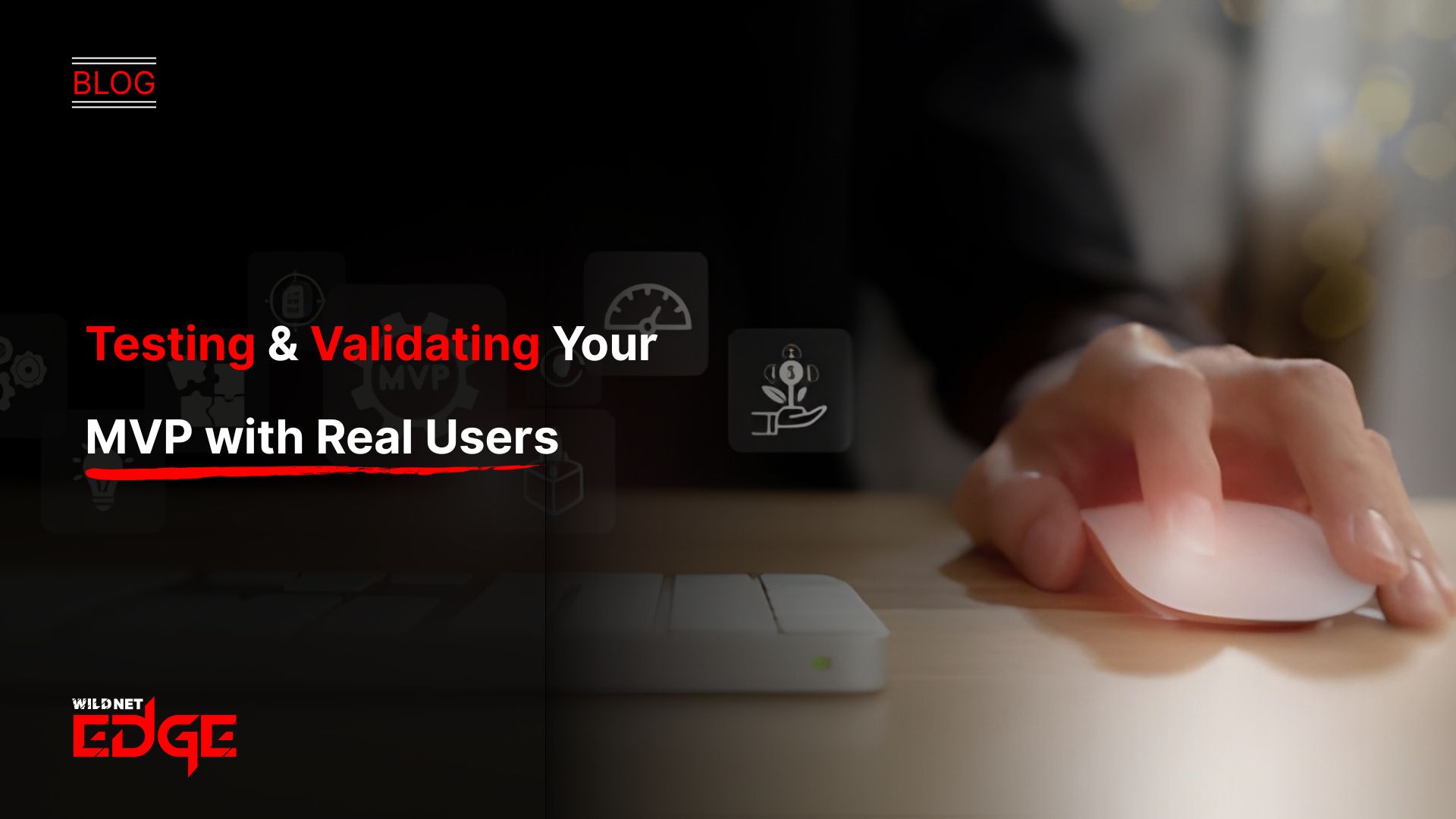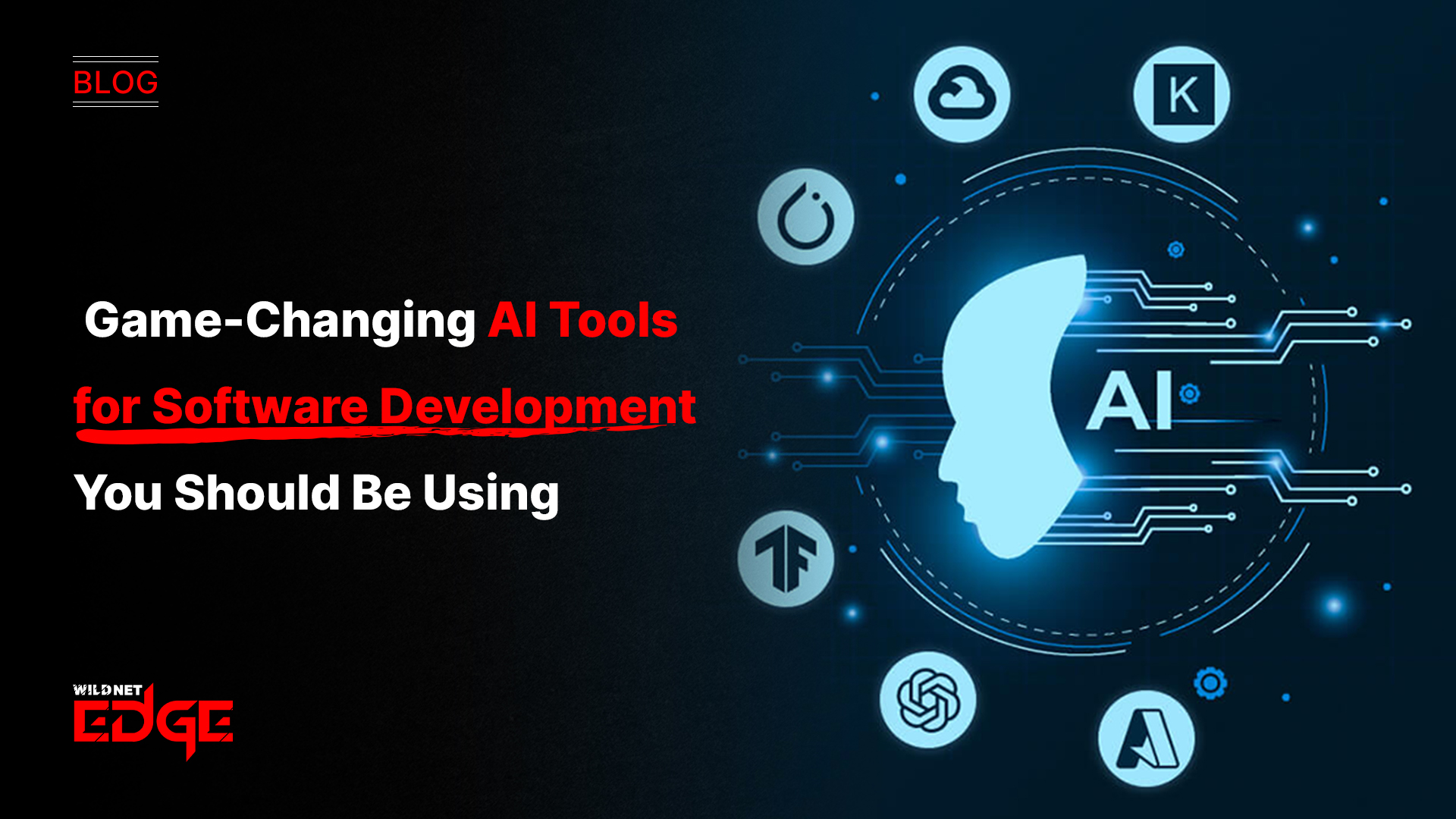TL;DR
This article guides startups on how to prioritize MVP features for faster validation and growth. It emphasizes focusing only on core functionalities that solve key user problems while cutting non-essential “nice-to-haves.” Using frameworks like MoSCoW, Impact/Effort Matrix, and the Kano Model, founders can make smarter feature decisions, reduce risk, and accelerate time-to-market with a clear, strategic MVP plan.
You’ve built your Minimum Viable Product. It’s lean, focused, and solves a core problem. But the launch isn’t the finish line; it’s the starting gun for the most critical phase: validation. The entire purpose of an MVP is to learn, and that learning comes directly from putting your product in front of real users. A structured approach to validate MVP assumptions through rigorous testing and feedback analysis is what separates startups that iterate towards success from those that build in the dark.
What is MVP Validation?
The MVP validation process is the systematic method of testing your core product hypotheses with actual target customers. It’s about gathering empirical evidence to answer fundamental questions:
- Does our solution effectively solve the intended problem?
- Is the core feature set valuable to users?
- Are users engaging with the product as expected?
- Are there critical usability issues or missing pieces?
- Is this concept worth further investment and development?
Essentially, you need to validate MVP viability before scaling or investing heavily in additional features.
Why Early Validation is Non-Negotiable
Skipping or rushing the validation phase is one of the most common reasons startups fail. Relying solely on your own assumptions is incredibly risky. Early MVP user testing provides indispensable benefits:
- Reduces Waste: It saves you the cost and effort of developing unnecessary MVP features that users do not want or need.
- Accelerates Learning: It enables you to get feedback on your product much quicker, thereby allowing you to iterate and improve it much faster.
- Builds Customer-Centricity: It makes sure that the product you are creating is based on actual user needs and not on internal assumptions.
- Increases Investor Confidence: Metrics of validation that can be shown and feedback from users are very strong proof points when looking for funds.
- Guides Prioritization: The feedback gives you the insight into which of the potential features or improvements would be most impactful, thus directing your MVP iteration strategy.
Methods for MVP User Testing
A combination of qualitative and quantitative methods provides the most comprehensive understanding.
Qualitative Methods
- User Interviews: Conduct one-on-one sessions with target users. Observe them using the MVP, ask open-ended questions about their experience, pain points, and perceived value. This provides deep insights into usability and desirability.
- Usability Testing: Focus specifically on how easily users can complete the core tasks within the MVP. Identify points of confusion or friction in the workflow. This is crucial for optimizing the user journey. Expert user experience optimization services often employ these techniques.
- Surveys & Feedback Forms: Use targeted surveys (in-app or via email) to gather specific feedback on features, usability, and overall satisfaction. Open-ended questions can yield rich qualitative data.
Quantitative Methods
- In-App Analytics: Track key user behavior metrics within the MVP. Tools like Mixpanel, Amplitude, or Firebase Analytics can show you:
- Activation Rate: Are users completing key initial setup steps?
- Feature Adoption: Are users discovering and using the core features?
- Retention Rate: Are users coming back after the first day, week, month?
- Task Completion Rates: Are users successfully completing the main workflow?
- Landing Page Tests: Even before the MVP is fully built, test different value propositions or feature descriptions on landing pages to gauge interest (e.g., measuring sign-up rates for a waitlist).
Key Metrics to Validate MVP Viability
While specific KPIs vary, focus on metrics that indicate genuine engagement and value:
- Retention Rate: This is very frequently the most important indicator. Are users coming back to the product because they find it valuable? High churn indicates a core offering that needs to be improved.
- Engagement Metrics: What is the frequency of users’ main actions? (such as posting, transacting, and reporting).
- Net Promoter Score (NPS) / Customer Satisfaction (CSAT): Measures in total the user mood and allegiance.
- Qualitative Feedback Themes: Is the user feedback always pointing out a certain feature as excellent or is it always complaining about the same usability issue?
The Feedback Loop: Driving MVP Iteration
Validation is not a one-time event; it’s a continuous cycle. The MVP validation process fuels MVP iteration.
- Build: Release the MVP or a new feature iteration.
- Measure: Collect quantitative analytics data and qualitative prototype user feedback.
- Learn: Analyze the data and feedback to understand what’s working, what’s not, and why. Identify key insights and actionable learnings.
- Iterate: Based on the learnings, prioritize the next set of improvements, bug fixes, or feature additions for the next development cycle. This build-measure-learn loop, guided by real user input, is the engine that drives a startup toward product-market fit.
MVP Validation in Action: Case Studies
Case Study 1: Turning User Feedback into Product-Market Fit
- The Challenge: A B2B SaaS startup launched an MVP with three core features aimed at improving team productivity. Analytics showed high initial sign-ups but very low retention after the first week.
- The Validation Process: Through user interviews and analyzing feature usage data, they discovered that users found two features confusing but were highly engaged with the third, simpler feature for task tracking. The MVP user testing was crucial.
- The Iteration: They made the difficult decision to remove the two confusing features and double down on enhancing the task tracking functionality based on specific user requests gathered during interviews.
- The Result: The simplified, more focused product saw its retention rate skyrocket. The validation process allowed them to pivot successfully towards a product the market actually wanted.
Case Study 2: Simplifying Onboarding to Boost User Retention
- The Challenge: A new mobile commerce app MVP had a significant drop-off rate during its multi-step onboarding process.
- The Validation Process: They used usability testing sessions, observing users navigating the onboarding flow. They identified specific screens where users hesitated or expressed confusion. This prototype user feedback was invaluable.
- The Iteration: Based on the observations, they redesigned the onboarding flow, simplifying steps, adding clearer instructions, and providing contextual help prompts.
- The Result: The onboarding completion rate increased by 50%, leading to more users reaching the core product experience and a higher overall retention rate.
Our Technology Stack for MVP Testing & Analytics
We leverage tools designed for rapid feedback and iteration.
- Analytics: Mixpanel, Amplitude, Heap, Firebase Analytics, Google Analytics 4
- User Feedback & Surveys: Hotjar, FullStory, SurveyMonkey, Typeform, UserTesting.com
- A/B Testing: Optimizely, VWO, Firebase A/B Testing
- Prototyping Tools: Figma, InVision, Flutter (for functional prototypes)
Conclusion
Releasing a Minimum Viable Product without a strategy to prove the assumptions of the MVP is comparable to going to sea without a navigator. The primary purpose of the MVP is to allow learning. Employing efficient MVP user testing techniques, gathering qualitative and quantitative feedback from the users of the prototype, and the practice of data-driven MVP iteration, are some of the activities that can help startups to steer their way through the uncertain road to product-market fit with more confidence and less time.
Ready to ensure your MVP delivers the insights you need? At Wildnet Edge, our AI-first approach enhances our MVP testing & validation services. We help you gather deeper insights and iterate smarter, accelerating your journey to success.
FAQs
For qualitative feedback (like user interviews or usability tests), you can often gain significant insights from just 5-10 users within your target demographic. For quantitative data, you’ll need a larger sample size, often hundreds or thousands of users, depending on the metrics you are tracking.
Usability testing focuses on how easy the product is to use (can users complete tasks?). Market validation focuses on whether users find value in the product (do they want it? will they pay for it? will they keep using it?). Both are crucial parts of the MVP validation process.
Identify channels where your target early adopters congregate (online forums, social groups, industry events). Use your pre-launch waitlist. Offer small incentives (gift cards, extended trials) for participation. Clearly communicate that you are seeking feedback on an early version.
Charging, even a small amount, is often the strongest form of validation. If users are willing to pay for the minimal version, it’s a powerful signal of product-market fit. However, a free MVP can sometimes attract a larger initial user base for faster feedback collection.
This is valuable learning! Negative feedback is better than silence. Analyze the reasons: Is the core problem not significant enough? Is your solution ineffective? Is the usability terrible? This feedback is crucial for deciding whether to pivot your product strategy, refine the existing solution, or potentially abandon the idea before investing further.
Aim for rapid iteration cycles, especially in the early stages. Many successful startups using agile methodologies deploy small improvements or run new experiments multiple times a week or even daily. The faster you can complete the build-measure-learn loop, the faster you move towards product-market fit.
A/B testing is crucial for optimizing specific elements based on data. Once you have a baseline of users, you can test variations of key screens, calls-to-action, or onboarding flows to see which version performs better against your target metrics (e.g., conversion rate, completion rate).

Nitin Agarwal is a veteran in custom software development. He is fascinated by how software can turn ideas into real-world solutions. With extensive experience designing scalable and efficient systems, he focuses on creating software that delivers tangible results. Nitin enjoys exploring emerging technologies, taking on challenging projects, and mentoring teams to bring ideas to life. He believes that good software is not just about code; it’s about understanding problems and creating value for users. For him, great software combines thoughtful design, clever engineering, and a clear understanding of the problems it’s meant to solve.
 sales@wildnetedge.com
sales@wildnetedge.com +1 (212) 901 8616
+1 (212) 901 8616 +1 (437) 225-7733
+1 (437) 225-7733































